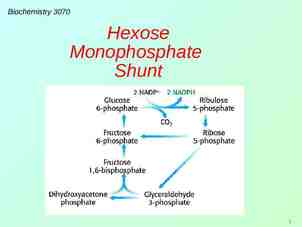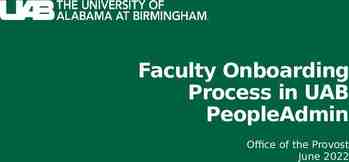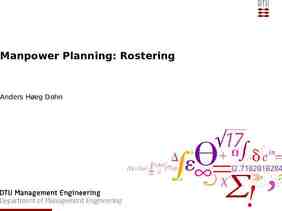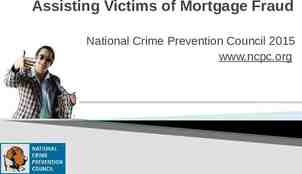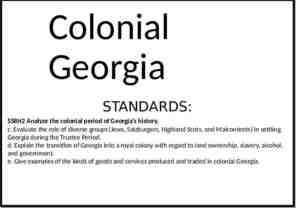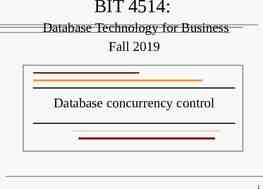Introduction to Executive Orders E D WAR D P. RIC H A R D S , J D , M
10 Slides2.81 MB

Introduction to Executive Orders E D WAR D P. RIC H A R D S , J D , M P H C L ARE N C E W. E D WA R D S P R O FE S S OR O F L AW

What is an Executive Order? An order from the executive (President) to someone who cares out executive branch actions under the direction of the president. There are many forms of these orders: Presidential Decision Directives (PDD) National Security Decision Directives (NSDD) National Security Decision Memorandums (NSDM) National Security Action Memorandums (NSAM) Executive orders are public but the rest are often classified.

Who Can the President Order Around? The military Military officers are required by law to obey orders. People he can fire (It really is like the Apprentice) Presidential appointees who do not have a term of office, such as cabinet officers People he cannot order around Independent agencies – their heads have a term of office and cannot be fired They can choose to follow his orders, but he cannot force them to

What are the Limits on Executive Orders? Cannot change legal duties established by the Congress Cannot change agency regulations that have been made by notice and comment rulemaking without going through notice and comment rulemaking again. This can take years. Cannot change the budget set by Congress Cannot use money not provided by Congress No private fund raising to get around Congressional limitations

What Can be Done with Executive Orders? Broad range of military actions, including invading other countries and blowing up the world. Changing policies that are within the discretion of the agency Ordering no prosecutions for marijuana laws in states which have legalized marijuana Banning the provision of family planning funds to groups who have ever thought of the word abortion. Starting the notice and comment process for changing or withdrawing rules

The Executive Order on Immigration

Sec. 3. Suspension of Issuance of Visas and Other Immigration Benefits to Nationals of Countries of Particular Concern [Iraq, Syria, Sudan, Iran, Somalia, Libya and Yemen] I hereby suspend entry into the United States, as immigrants and nonimmigrants, of such persons for 90 days from the date of this order (excluding those foreign nationals traveling on diplomatic visas, North Atlantic Treaty Organization visas, C-2 visas for travel to the United Nations, and G-1, G-2, G-3, and G-4 visas).

Sec. 4. Implementing Uniform Screening Standards for All Immigration Programs. prioritize refugee claims made by individuals on the basis of religious-based persecution, provided that the religion of the individual is a minority religion in the individual's country of nationality. There are other provisions, but these two are the primary focus of the litigation.

What are the Key Laws At Issue? Does a 1950s law giving the president the ability to exclude by proclamation any class of persons who the president thinks endangers the US control? Does a 1965 law that says no visa classes based on national origin control? Does the president’s broad foreign (non-citizens, off US soil) powers control? Is this really a religious test and, if so, does the First Amendment control?

What are the Key Cases? Dames & Moore v. Regan, 453 US 654 (1981) Carter blocked US damage claims against Iran What were the politics? Youngstown Sheet & Tube Company v. Sawyer, 343 US 579 (1952) Truman seized the steel mills to avoid a strike during the Korean War. What were the politics?

